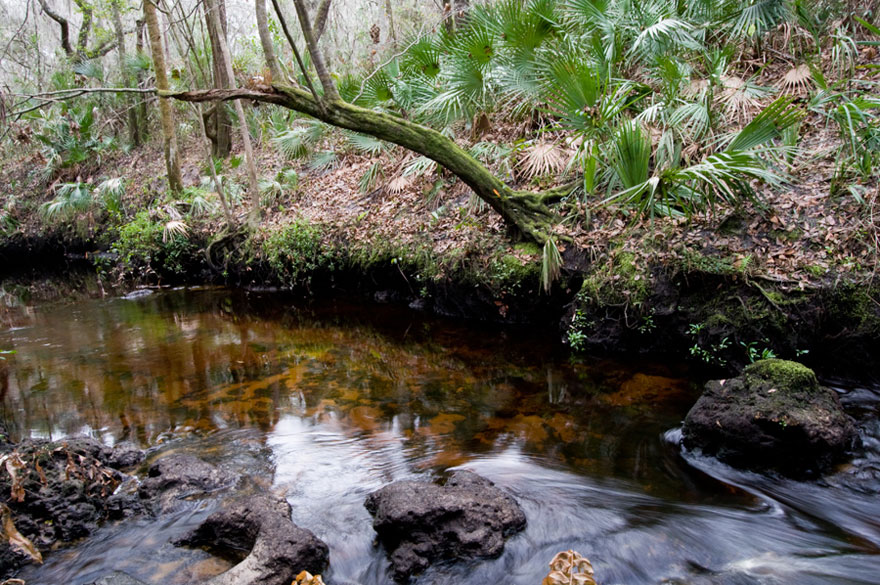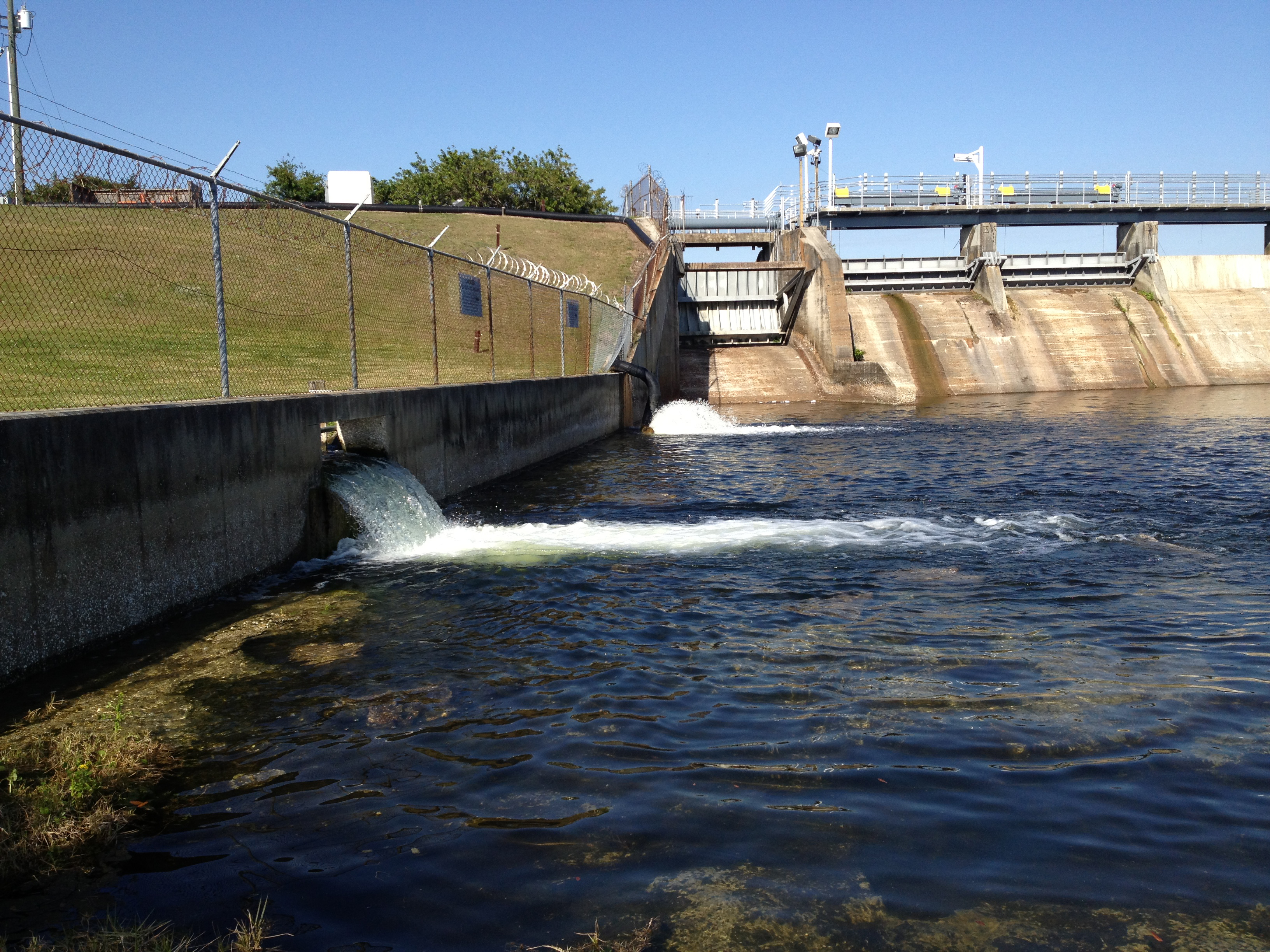FI-1
Maintain seasonal freshwater flows in rivers
OBJECTIVES:
Establish and maintain minimum seasonal freshwater flows in rivers by completing and fully implementing the Minimum Flows and Levels (MFLs) for Tampa Bay Area tributaries. Evaluate the ecological effects of MFLs on rivers and lakes in the watershed. Assess changes in freshwater inflows over time resulting from both consumptive water use and climate change.
STATUS:
Ongoing. MFLs have been established and adopted for the Hillsborough River, Alafia River and Tampa Bypass Canal. MFLs for the Manatee River and lower Braden River have been delayed and are no longer included in the SWFWMD MFLs Priority List and Schedule (2023). The Little Manatee River MFL is scheduled to be adopted in 2023. The Lower Hillsborough River minimum flow is currently managed under a recovery strategy with augmented flow from Sulphur Springs and the Tampa Bypass Canal.
BACKGROUND:
Maintaining minimum seasonal freshwater flows and levels (MFLs) in rivers in the Tampa Bay watershed helps maintain the critical hydro-biological habitat characteristics of the estuary. River water volume and flow rates govern depth, salinity, dissolved oxygen, pH, and water temperature, which in turn sustain biological communities. The timing and volume of freshwater inflow is also critical to enhancing ecosystem services of tidal tributaries, especially as essential fish habitat (see Action BH-9).

State legislation enacted in 1996 directs Water Management Districts to set MFLs for rivers, lakes and springs that define the limits at which further withdrawals would be “significantly harmful to the water resources or ecology of the area.” MFLs are used in the Districts’ water supply planning, water use permitting and environmental resource permitting programs to ensure that withdrawals do not cause environmental harm. Each District takes into account timing and volume of freshwater inflows as well as minimum flows when developing MFLs. Regional water supply development and water reuse plans reflect the challenges of balancing water supply, wastewater disposal and ecological concerns (see Action WW-1).
Minimum flows and levels, or MFLs, are the lowest water flows and water levels that can occur in a water body without doing significant harm to the water resources or ecology of the area.
The Southwest Florida Water Management District (SWFWMD) collects and analyzes a variety of data and seeks reviews from independent scientists and citizens on proposed MFLs and methods used to derive them. At the request of SWFWMD and Tampa Bay Water, the Tampa Bay Estuary Program (TBEP) convened workshops to obtain input from the bay management community on recommended MFLs for the Hillsborough River and the Alafia River.
SWFWMD has established MFLs for the Hillsborough River, Alafia River, Tampa Bypass Canal and for the upper portions of the Braden River. MFLs for the Manatee River and lower Braden River have been delayed and are no longer included in the SWFWMD MFLs Priority List and Schedule (2023). Little Manatee River is scheduled for MFL adoption in 2023. A Morris Bridge Sink water reservation has been adopted to contribute to the Lower Hillsborough River MFL. MFLs are re-evaluated as needed, depending on monitoring data and anticipated or changing environmental conditions. SWFWMD has begun incorporating climate change projections into MFL models using U.S. Army Corps of Engineers 20-year scenarios.

Minimum flows are continuously monitored at multiple locations on most rivers by SWFWMD and the U.S. Geological Survey through gauge stations that measure flow rates and conductivity. If actual flows are or anticipated to be (within 20 years) below established minimum flows, state law requires the Water Management Districts to develop a recovery or prevention strategy. Strategies might include alternative supply development, conservation measures, augmentation of flows or reductions in permitted withdrawals. Additional monitoring specific to the recovery strategy is usually required; for example, for water quality variables including nutrients and dissolved oxygen or biological communities. Other data are collected by SWFWMD and local partners as needs and opportunities arise. TBEP facilitates development of estimated baywide hydrologic freshwater flow and nutrient loads every five years, as an element of the Tampa Bay Reasonable Assurance document.
Established minimum flows are being met for Crystal Springs, Upper Hillsborough River, Alafia River (including Lithia and Buckhorn Springs), Tampa Bypass Canal and upper Braden River. A 2023 assessment indicated minimum flow requirements for the Lower Hillsborough River were met most of the time throughout the 5-year assessment period, with full achievement of minimum flows in 2023. Water from Sulphur Springs and the Tampa Bypass Canal has been used to supplement flows on the Lower Hillsborough since 2007-2008. All activities and projects proposed in the adopted recovery strategy are either underway, completed, or have been deemed not viable or actionable. ( )